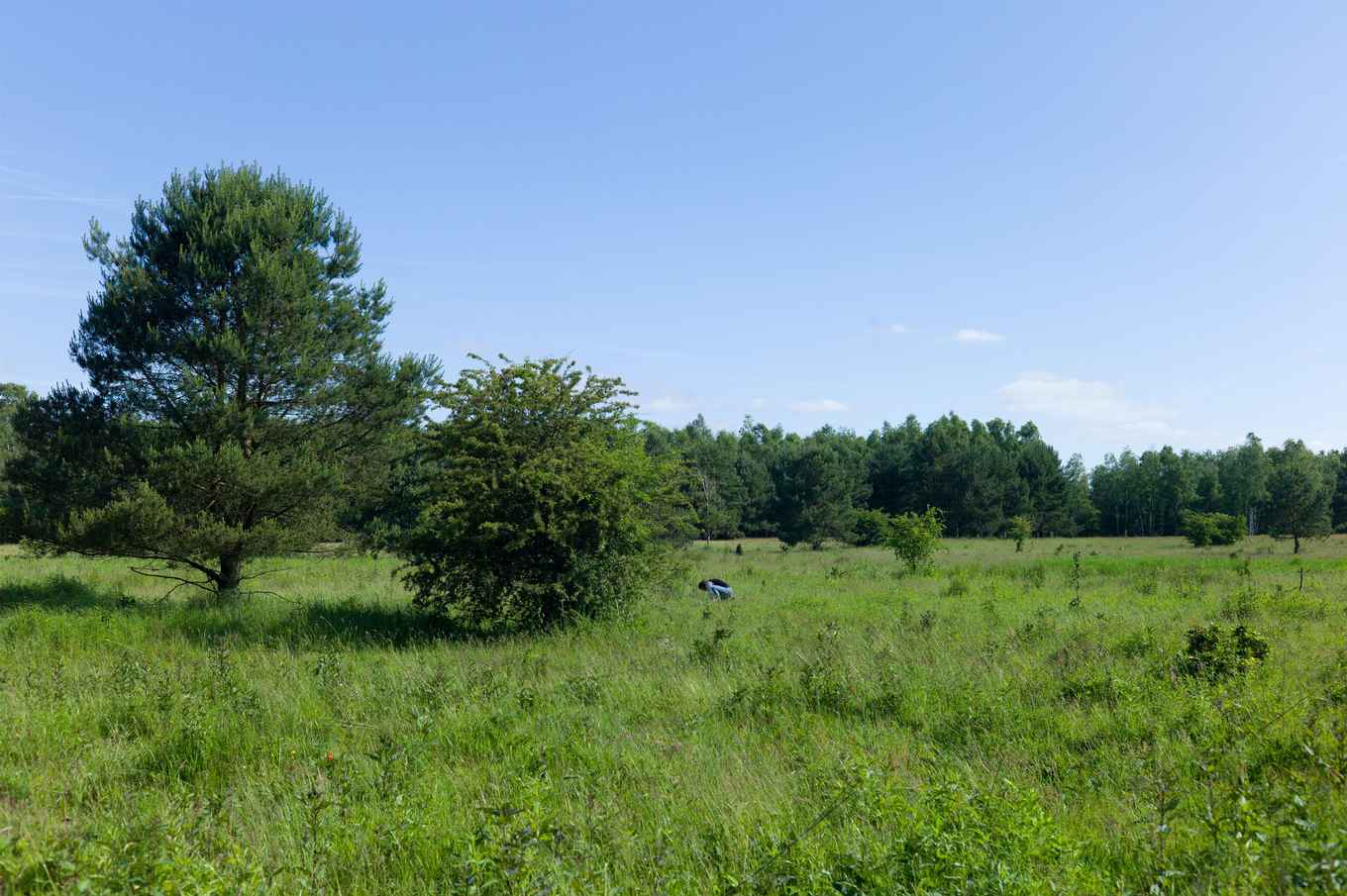A new approach to the restoration of ecosystem complexity
21 April 2020

The degradation of natural ecosystems caused by human activity has outpaced ecosystem-restoration efforts in recent decades, turning ecosystem recovery into a global priority. Hoping to advance restoration science in its efforts to help the environment, an international research team headed by David Moreno Mateos from Harvard University, put forward their ideas in the new paper.
Good indicator of success
In the paper, the scientists argue that interactions among species and their potential to evolve, rather than sheer numbers, are fundamental factors in designing ecosystem recovery strategies. In the traditional approaches to measuring ecosystem complexity, species may be considered dots, and those dots are counted and studied, but the links and connections between them are often not considered. ‘Little attention is paid to the connections and interactions between these species, yet observations of the number of interactions can be a good indicator of how successful nature management is,’ explains Morriën (Institute for Biodiversity and Ecosystem Dynamics, UvA).
Genetic analysis is getting cheaper, making a better understanding of the whole genome of species possible in the short term. This allows ecologists to accurately determine which populations can best adapt to a recovering and continuously changing environment. Used cautiously, this approach can help make decisions about introducing or removing certain species in specific habitats, in the interest of nature restoration.
Ideal starting point
The researchers also provide tools for applying their new method in practice. For example, by looking at the ecological history of an area and looking for specific species that have a strong influence on the structure, functioning and stability of the ecosystem, so-called key species can be identified. These species are then the ideal starting point for building variation and complexity in the ecosystem.
Another important element are the ‘metacommunity hubs’, networks consisting of multiple types of trees, insects, birds or other animals. These networks are an important link in generating and building ecological variation and complexity, and can cause eco-evolutionary and co-evolutionary cascades. This means that the presence of these hubs increases the chance that other species can also successfully settle in restored ecosystems. In this way, the hubs have a major influence on the interactions, numbers and functional properties of species that are important for nature restoration, and - ideally - lead to a richer, more stable and more natural habitat.
‘At the same time, we have to accept that in many cases we can no longer return areas to their original state, because key species have disappeared or because the genetic diversity of species has decreased, as a result of which there are no viable populations for the long term,’ warns Morriën.
Publication details
David Moreno-Mateos, Antton Alberdi, Elly Morriën, Wim H. van der Putten, Asun Rodríguez-Uña and Daniel Montoya: 'The long-term restoration of ecosystem complexity', in: Nature Ecology & Evolution (April 2020). https://doi.org/10.1038/s41559-020-1154-1